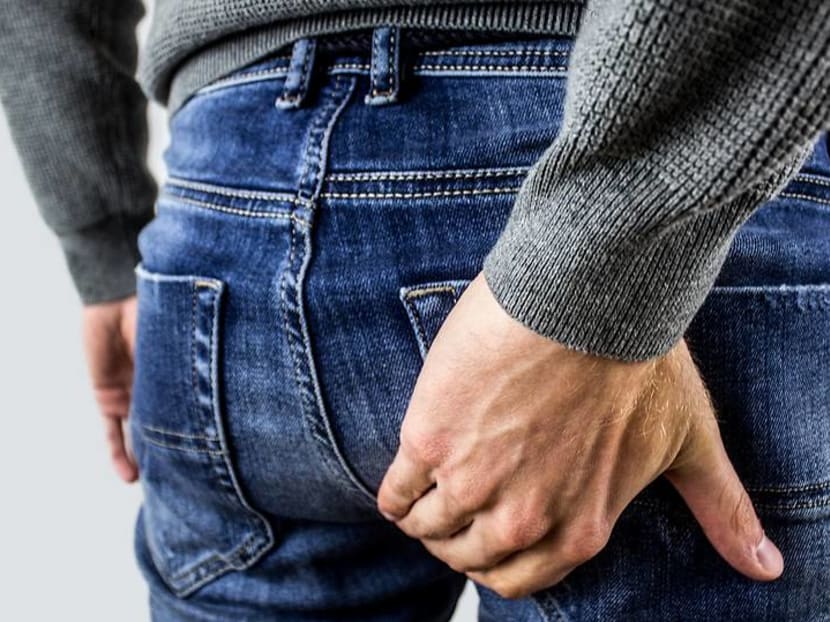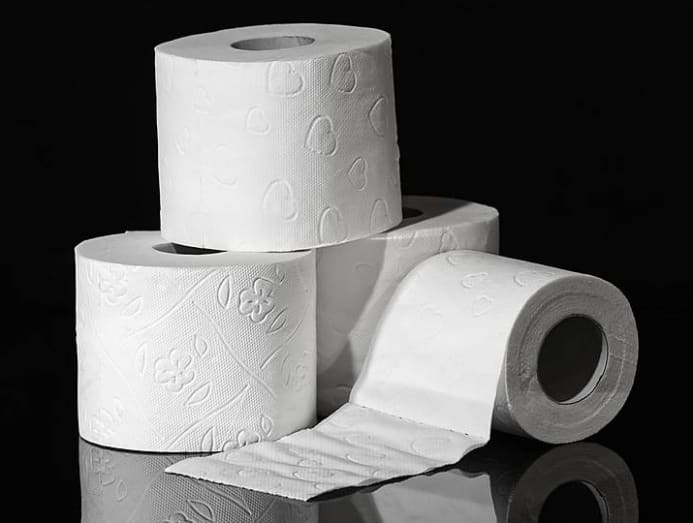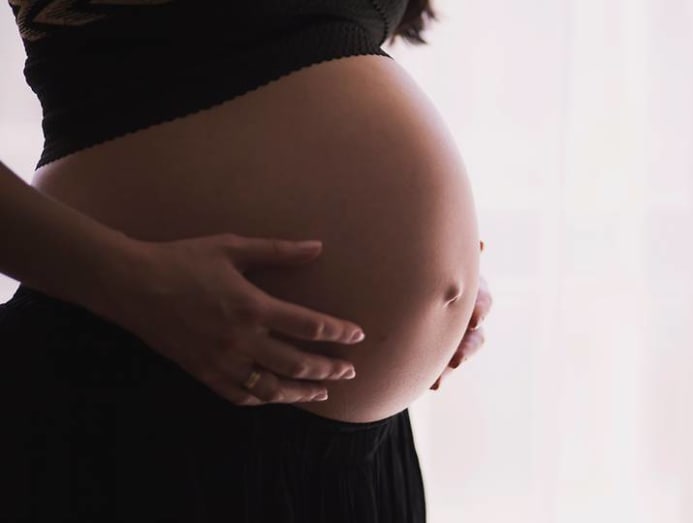Smart phones, weight lifting and mala are causing problems in the loo for Singaporeans
There's an uptick in the number of cases involving haemorrhoids – or piles – say the experts. And it's mainly got to do with our lifestyle choices.

(Photo: Pixabay)
The next time you need the bathroom, don’t bring your handphone along with you. You’ll be tempted to stay longer in there.
But more worryingly, sitting on the toilet bowl for extended periods can put you in a position that makes you prone to developing piles.
READ: What your poo says about your health
Matters that concern your trips to the toilet don’t often get brought up in polite conversation. But they should as the number of cases is on the uptick.
The phenomenon could be attributed to an increased constipation rate owing to a diet that is lacking in fibre and adequate fluid intake, said Dr Jason Lim, general surgeon at Mount Elizabeth Novena Hospital.
Other forms of exertion may also cause piles, which are medically known as haemorrhoids. Take lifting heavy weights, for instance.
The strain can take its toll on extremities you never thought could be affected. It’s something to think about the next time you’re power lifting in the gym.
And if you’re a fan of mala, curry or anything spicy, you might want to hold back a bit if you want to minimise experiencing the ring of fire.
“Spicy food may lead to more frequent bowel movements, which in turn, increases swelling of the haemorrhoids,” said Dr Bettina Lieske, senior consultant at National University Hospital’s Division of Colorectal Surgery.

And for those who have piles, it is a very real issue. Other than the pain experienced while passing motion (fresh, red blood may be seen in the stool, too), the area around the anus can also be itchy, red and sore.
And if there are hardened lumps around the anus, sitting down can be painful.
SO WHAT EXACTLY ARE PILES?
Interestingly, doctors say that everyone has piles and that they serve a purpose. “Haemorrhoids, also known as anal cushions, are present in every human's anus,” said Dr Lim.
READ: If you're not losing weight despite exercise, this could be why
“These cushions are important in providing the fine control necessary for maintaining anal continence. An example would be allowing the anus to pass gas without leaking stools.”
These tissue and blood vessels only become a problem when they are inflamed and engorged. And there are two types of piles: Internal and external.
“Internal haemorrhoids seldom cause pain” but these lumps usually cause bleeding and can get pushed out of the anus during bowel movements, said Dr Lieske.
The external haemorrhoids are the ones that cause discomfort and have “more obvious swelling”, she said.

Women who have given birth may be familiar with those situations. The growing foetus increases the pressure inside the abdomen, causing blood to flow back into the cushions, making them swell.
During labour, external piles can swell significantly due to the pressure, and even though the swelling reduces afterwards, many women are left with skin tags (not haemorrhoids) that hang outside the anus, said Dr Lieske.
ARE PILES CANCEROUS?
People tend to get nervous when they find unfamiliar bumps and lumps on their bodies. Piles are no exception, especially when they can cause pain and bleeding.
The silver lining? “Haemorrhoids do not develop into cancer,” said Dr Lieske. People conflate piles with rectal cancer because the symptoms, she said, are similar and include “discomfort during defaecation, bleeding and mucus discharge”.
Your best bet, when you notice bleeding in the anus, is to see a doctor for a proper diagnosis, she said.
If you do have piles, your doctor would be able to tell you their grade. According to Dr Lim, piles can be categorised into four grades:
- Grade 1: Internal haemorrhoids that do not prolapse or fall out of the anus.
- Grade 2: These internal haemorrhoids prolapse from the anus during strain or defaecation. But they reduce in size and retract on their own after bowel movements.
- Grade 3: Like Grade 2, these haemorrhoids jut out from the anus during strain or defaecation. The exception is, they need to be manually pushed back into the anus.
- Grade 4: These are external haemorrhoids that cannot reduce in size on their own or be manually put back in.
“Piles, regardless of size, can become thrombosed,” said Dr Lim. This is an intensely painful situation where a blood clot has developed inside the blood vessels.
READ: Is brunch making you fat? This pancake could be 300 calories without toppings
As for who are prone to developing piles, Dr Lim said that there is no specific demographic. “Different patients at different ages and points of their lives have different activity levels and tolerance levels,” he said.
“As such, the symptoms from haemorrhoids can vary significantly between patients with the same grade of haemorrhoids.”
But he added that those “who suffer from constipation would be more predisposed to developing symptomatic piles, regardless of age or gender”.
WHAT ARE THE TREATMENTS AVAILABLE?
The treatment of piles isn’t necessarily surgical removal. “Piles are necessary for the fine control and maintenance of anal continence,” said Dr Lim.
“Therefore, the treatment is directed at the symptoms, and not to remove the piles entirely.” He explained that removing all of a patient’s piles can lead to the loss of anal continence.
It can even result in the scarring and tightening of the anus, which can severely affect the patient’s ability to defecate.

If this is your first encounter with piles, you are likely to recover with medication that reduces the swelling and inflammation as well as to soften your stools, cited Dr Lieske, along with some changes to your diet and toilet habits.
For repeat cases or large swellings that will not settle with such medication, Dr Lieske said that non-surgical methods such as rubber band ligation or sclerotherapy may be used.
Surgery is usually only considered when the abovementioned methods fail, said Dr Lim.
“This is performed under anaesthesia in a day-surgery setting and patients generally return home on the same day after surgery.”
As for the recovery period and level of post-operation discomfort, Dr Lim said that it depends on the size and number of piles removed, the resulting surgical wounds, as well as the presence of conditions such as diabetes and use of certain chronic medications.





